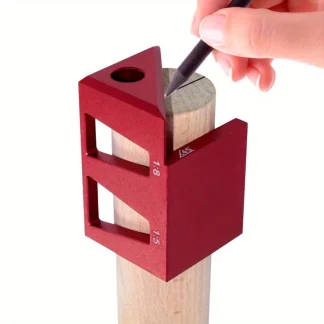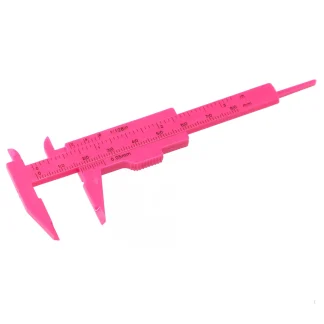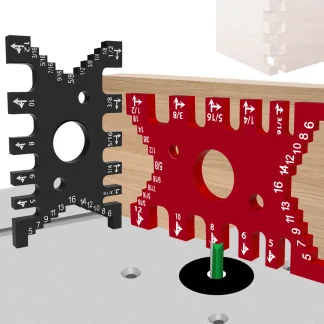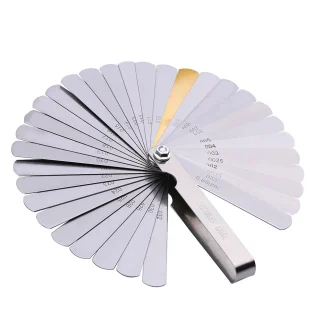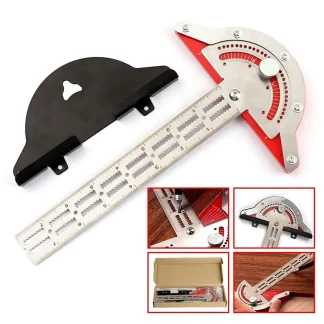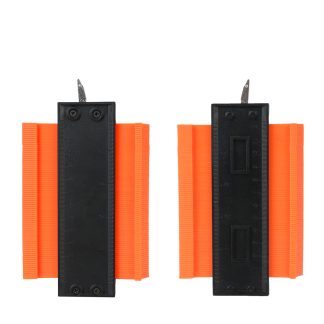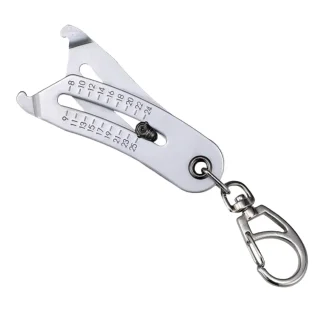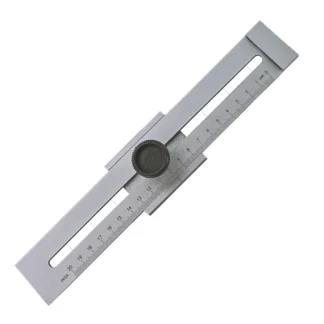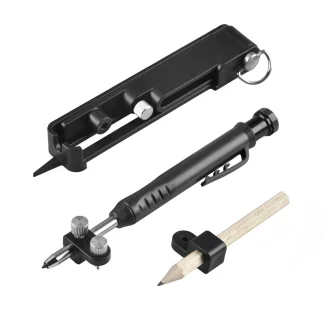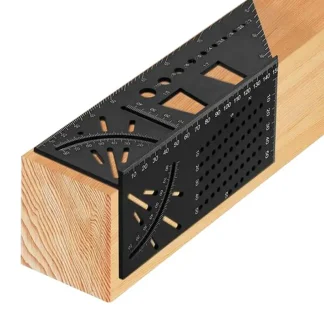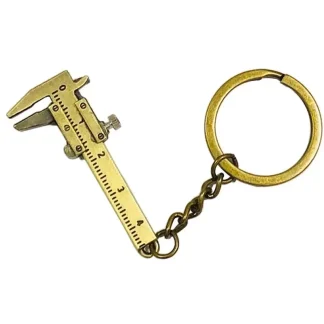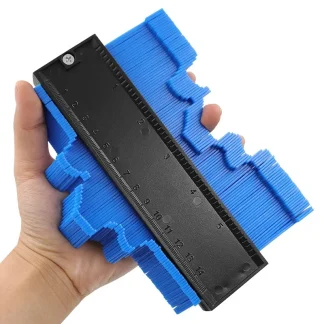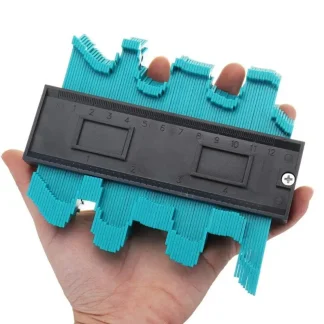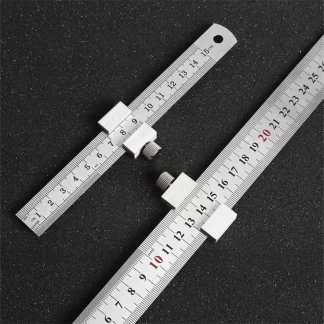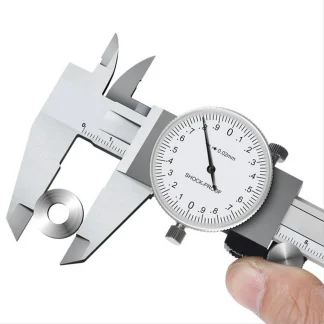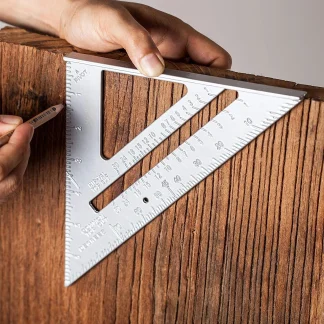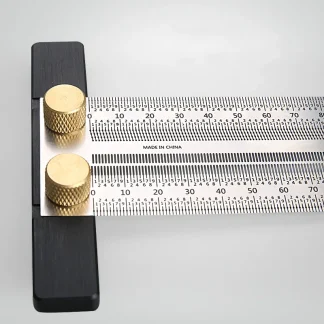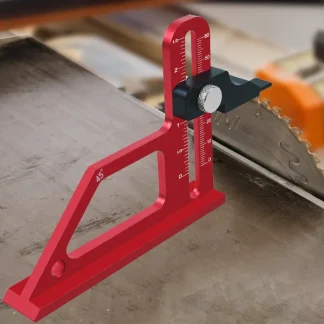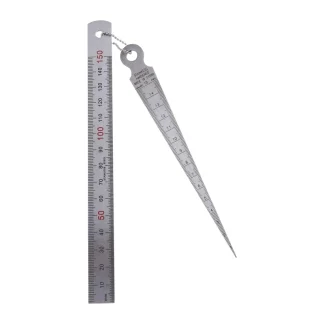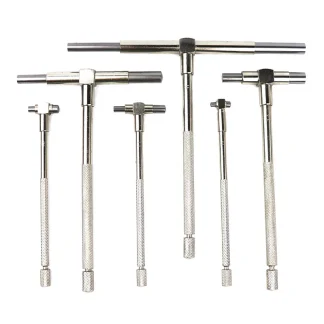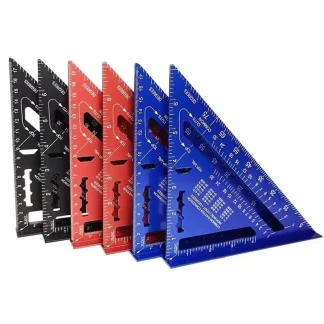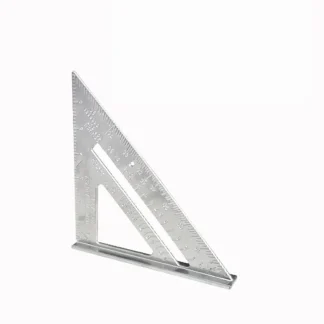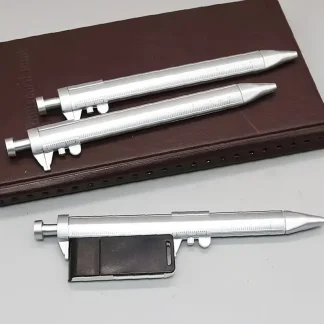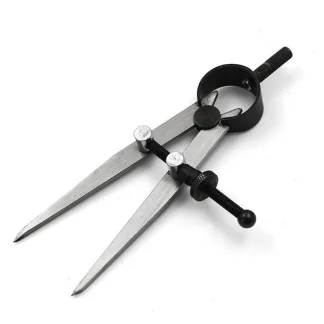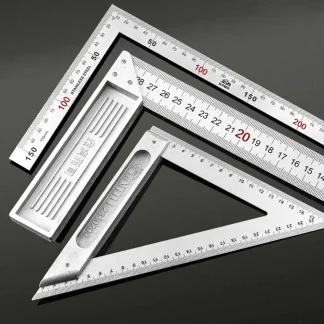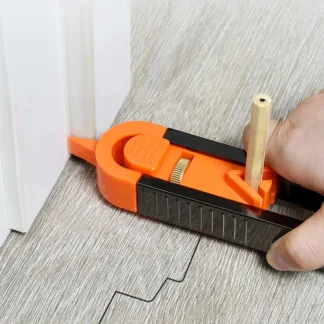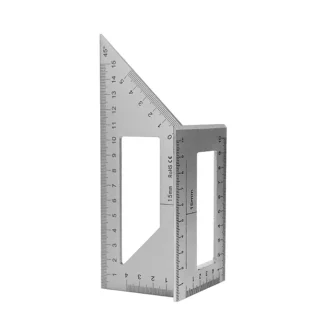Precision in Every Project: The Essential Role of Construction Measuring Tools
Step into the world of construction measuring tools, where accuracy and efficiency are paramount in transforming blueprints into reality. These indispensable instruments serve as the backbone of projects, enabling professionals to ensure that every dimension is precise and every angle is correct. Whether you’re a seasoned contractor or a DIY enthusiast, having these products is crucial for achieving optimal results in any endeavor.
The Evolution of Construction Measuring Tools: From Ancient Techniques to Modern Innovations
The history of these items is as old as itself, tracing back to ancient civilizations that relied on rudimentary instruments to measure land and create structures. These items included simple rods and ropes, often marked with measurements to ensure accuracy. As societies evolved, so did their understanding of measurement, leading to the creation of these pieces.
During the Renaissance, the development of geometry and mathematics significantly influenced measuring practices. Architects and builders began using tools like the plumb bob and the leveling instrument, which allowed for greater precision in construction. The introduction of the tape measure in the 19th century marked a significant advancement, enabling builders to easily measure long distances with accuracy.
Today, these products have embraced technological innovations, incorporating digital technologies that enhance precision and ease of use. Laser devices, digital levels, and 3D scanning these items are just a few examples of how modern technology has transformed practices, making them more efficient and accessible than ever before.
The Cultural Significance of Construction Measuring Tools
Construction measuring tools are more than just instruments; they embody a culture of craftsmanship and precision that has been passed down through generations. In many cultures, skilled craftsmen are revered for their ability to create structures that stand the test of time, with these items serving as the key to their success.
In Western cultures, these products symbolize professionalism and expertise. A well-equipped items are often seen as a reflection of a tradesperson's commitment to quality and precision. This cultural perception extends to DIY enthusiasts as well, who view investing in these items as essential for achieving professional-level results in their projects.
Measuring tools also play a role in educational contexts, where they are used to teach fundamental concepts of geometry, measurement, and spatial reasoning. By engaging with these items, students develop a deeper understanding of mathematical principles and their practical applications in the real world.
The Design and Features of Construction Measuring Tools
These items are designed with functionality and ease of use in mind. Key features include clear markings for precise readings, ergonomic designs for comfortable handling, and durable construction for longevity on job sites. these products include tape measures, levels, squares, and calipers, each serving a specific purpose in the process.
Tape measures, for instance, feature retractable blades with measurements marked in both imperial and metric units, allowing users to measure lengths accurately. Levels are designed with vials to indicate whether a surface is level or plumb, essential for ensuring structural integrity. Squares aid in achieving right angles, crucial for framing and layout work.
Modern measuring tools often integrate advanced features such as digital displays, memory functions, and Bluetooth connectivity for data transfer. These innovations cater to contemporary needs, allowing for improved accuracy and efficiency while maintaining user-friendly designs.
Innovations in Construction Measuring Tools
Recent advancements in these items have introduced a range of innovative features that enhance their functionality. Laser devices, for example, offer quick and accurate distance measurements, eliminating the need for traditional tape measures in many scenarios. These devices often include features like area and volume calculations, making them invaluable for construction professionals.
3D scanning technology has also revolutionized measuring practices, enabling the creation of accurate digital models of physical spaces. This technology allows builders and architects to visualize and manipulate their designs before any physical work begins, significantly reducing the risk of errors.
Additionally, mobile apps have emerged as powerful tools for construction professionals. These applications can assist with measurement, layout, and even project management, streamlining workflows and improving communication among team members. This convergence of technology and measurement represents a significant shift toward efficiency and accuracy in the industry.
The Future of Construction Measuring Tools
The future of these options is poised for continued innovation and integration of technology. As advancements in automation and artificial intelligence progress, these items will likely become even more sophisticated, offering features that enhance accuracy and efficiency on job sites.
The emphasis on sustainability will also shape the development of measuring tools. Eco-friendly designs and materials may become more prevalent, reflecting a growing awareness of environmental responsibility within the construction industry. This focus on sustainable practices will ensure that these items continue to play a vital role in the future.
Customization will likely remain a key trend, allowing professionals to these products that best meet their specific needs. Whether it's a specialized device for a unique project or an app tailored to a particular workflow, the ability to customize will enhance the effectiveness of these products in various contexts.
Choosing the Right Construction Measuring Tools
Selecting the appropriate construction measuring tools involves considering factors such as project requirements, item features, and personal preferences. For larger projects, investing in advanced devices, such as laser distance measurers or digital levels, can significantly improve accuracy and efficiency. If your work involves frequent measurements in tight spaces, a compact and easy-to-use tape measure may be ideal.
It’s also important to evaluate the usability and design of these items. Look for options that offer clear displays, comfortable grips, and intuitive features that enhance your experience. A well-designed option not only improves accuracy but also makes the process more enjoyable.
Confidence in your choice of these items will enhance your performance and satisfaction on the job. Embrace the precision and reliability of these products and discover how they can elevate your projects, ensuring that every detail is accounted for and every structure is built to last.
Conclusion: The Enduring Importance of Construction Measuring Tools
Construction measuring tools are integral to the success of any building project, embodying a legacy of craftsmanship, precision, and innovation. Their evolution from simple instruments to sophisticated technological devices reflects the importance in accuracy and the continuous quest for improvement within the industry.
By understanding their history, design features, and future trends, you can appreciate these items as essential assets that contribute to the art of building. Explore the world of these items and find the perfect additions to your toolkit, enhancing both your skill and your projects with the precision they demand.
Whether for professional use or personal projects, well-designed product offer unparalleled reliability and accuracy, ensuring that every measurement counts and every construction endeavor is a success. Embrace the essential role of these items and make them a cornerstone of your building experience.
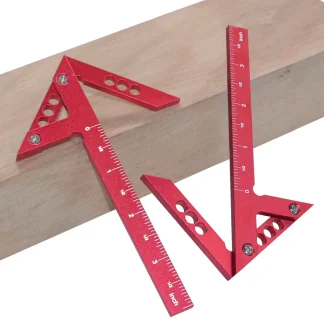
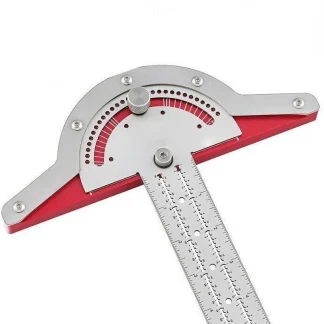
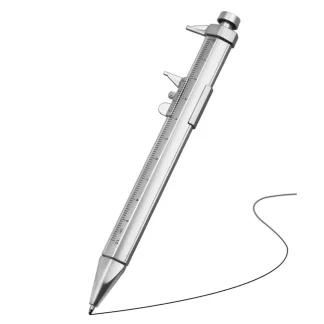 + 5
+ 5